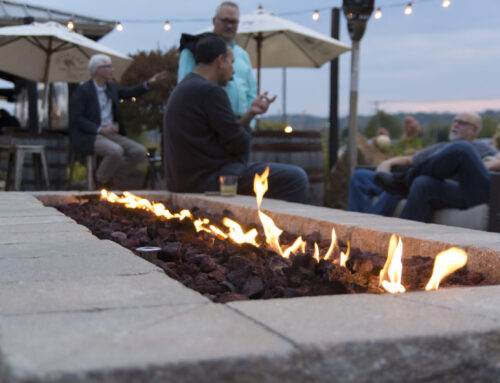Electronic Ignition Sequence of Operation for ON/OFF and HI/LO Inserts
Here at HPC Fire Inspired™, we get many calls regarding the sequence of operations in the installation and fire-up process of the Electronic Hot Surface Ignition, so today we will go over how the “EI” appliances operate.
Below is the sequence at which all “EI” units ON/OFF or HI/LO will go through before the burner ignition.
- Call for power, via remote, wall switch or timer, etc.
- The module is powered and the it will check for continuity through the thermocouple
- The igniter will begin to glow (30-second cycle)
- The pilot valve opens, shortly after the igniter is powered
- Igniter lights pilot gas
- The pilot flame warms the thermocouple and sends a millivolt reading to the module
- Once proper millivolt is read by the module, the main valve opens and provides gas to the burner
- The pilot lights the burner and maintains the pilot until the unit is turned off
The first thing to understand about Electronic Ignition Operation is the fact that the “EI” units are not an instantaneous ignition. Many people assume the unit should ignite immediately after power is turned on. There are a few things that the unit must prove to itself before the gas can be supplied to the burner. The first thing to prove will be continuity through the thermocouple. If there is any damaged, defective or loose connection at the thermocouple the unit will not even power the igniter, and the module or remote for HI/LO units will display a 3 flash code.
There is also a time frame in which the unit should light. If the pilot does not light after 10 attempts (pilot cycles) the unit will go into lockout mode, meaning there will be no further attempts to light the pilot unless power is toggled off and on again. This is significant with new installs in which the gas line has not been bled and is attempting to bleed the gas line through the pilot valve. This can take some time and may go past the 10 cycles of pilot, causing a lock-out situation. In this case, the power should be turned off and turned back on to allow the pilot to attempt to light. One the gas is bled through the valve and under normal operating conditions the pilot should light within 30 seconds of call for power.
With a little understanding of operations and some patience, HPC hopes this will clear up some of the new install concerns we hear from customers. If you have any questions or concerns please call our Tech Dept. 877-433-7001 and speak to one of our NFI certified technicians.
For more detailed information, see our troubleshooting article.





